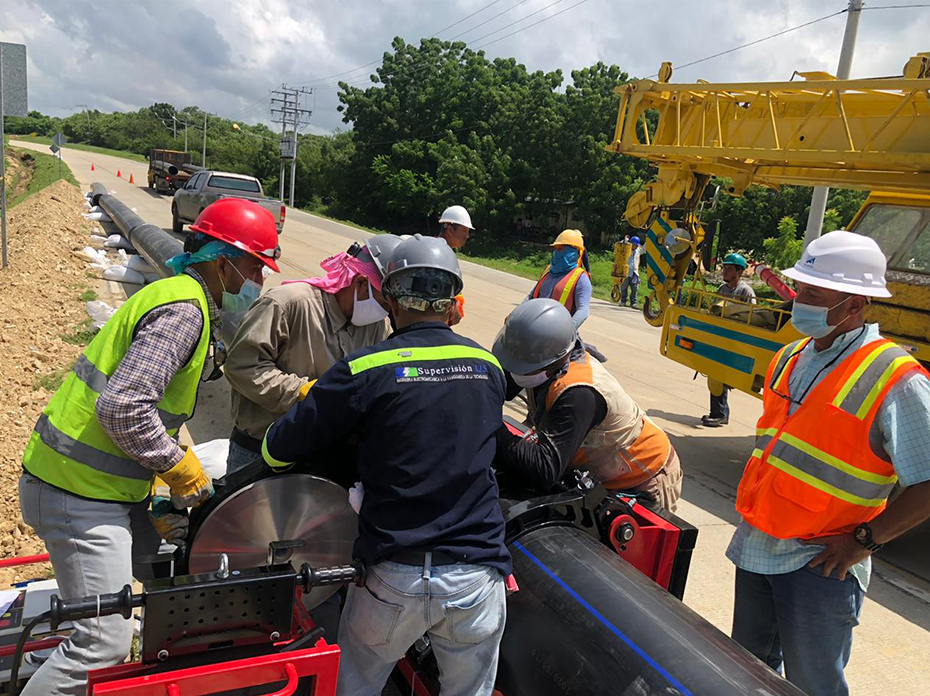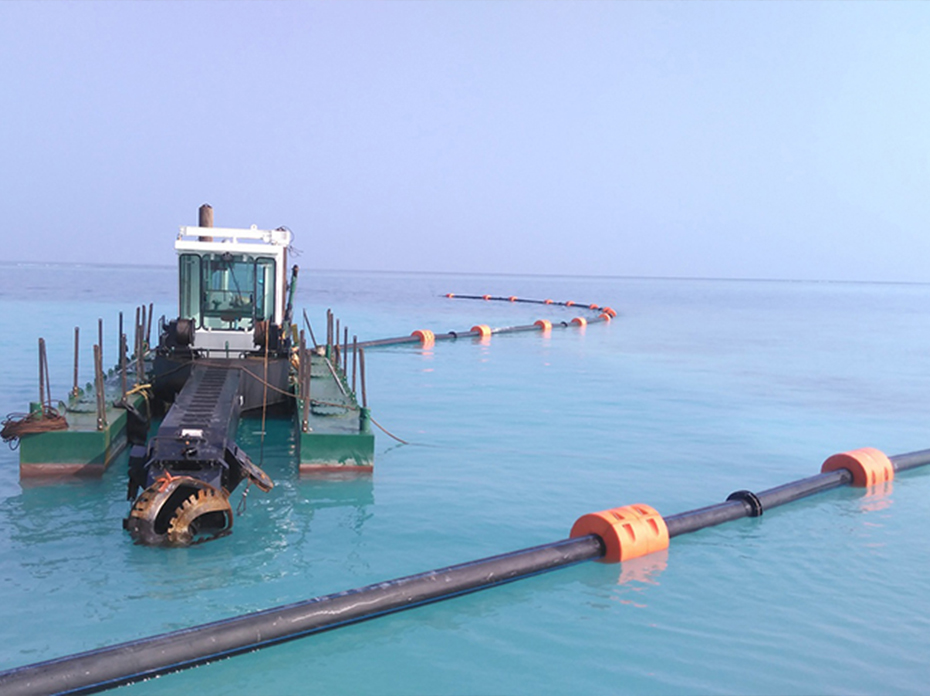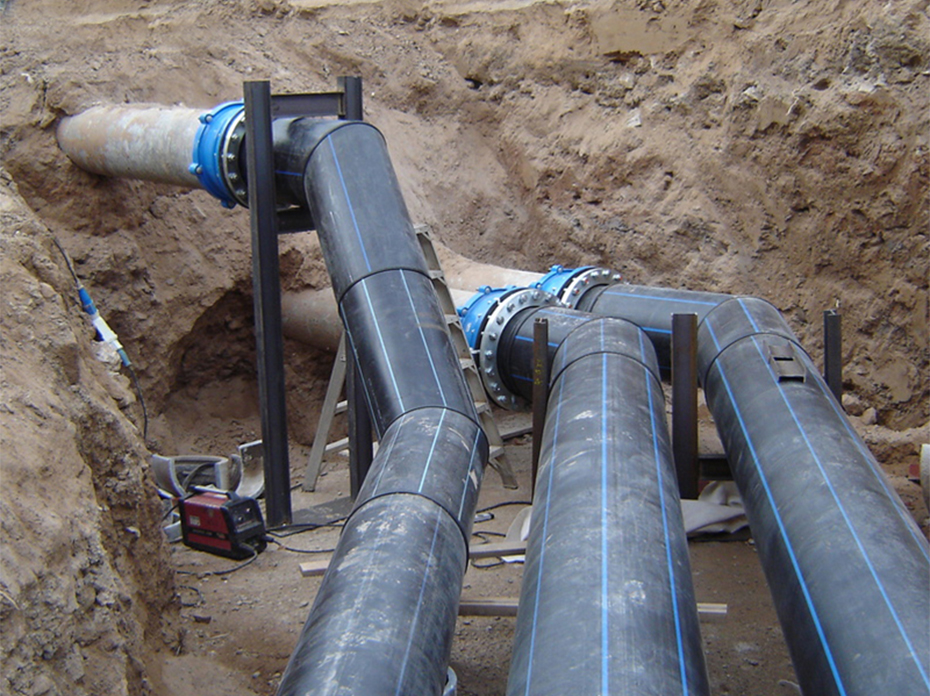Effective water management is crucial for both residential and commercial properties, and one of the most important components in achieving this is the proper use of drainage pipes. From managing rainwater to preventing flooding, drainage systems play a key role in maintaining the structural integrity of a property.
Drainage pipes are designed to carry water away from buildings, roads, and other structures to prevent water accumulation and damage. Whether it’s rainwater drainage pipes to manage stormwater or underground systems for wastewater, the right drainage solution is essential for efficient water management. Poor drainage can lead to structural issues, soil erosion, basement flooding, and damage to landscaping.
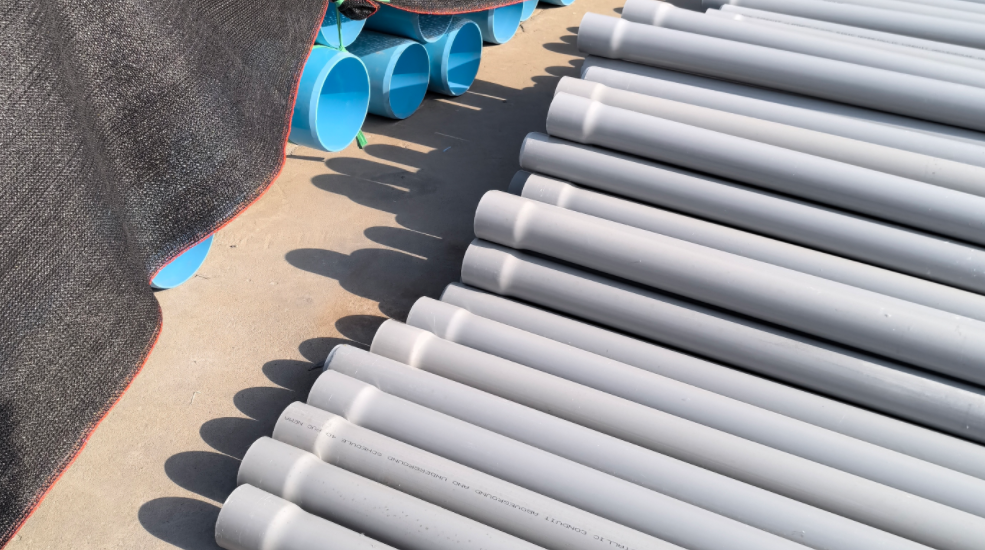
Types of Drainage Pipes
- PVC for Drainage Pipes
One of the most common materials used for drainage pipes is PVC (polyvinyl chloride). PVC for drainage pipes offers several benefits, including durability, corrosion resistance, and ease of installation. These pipes are available in different diameters and are suitable for both above-ground and underground applications. PVC is often used for residential and commercial drainage systems, particularly where longevity and strength are required. - Flexible Drainage Pipes
Flexible drainage pipes are made of lightweight plastic materials and are known for their flexibility, making them ideal for areas with uneven terrain or where the pipe needs to be laid around obstacles. They are commonly used for landscape drainage, French drains, and other low-pressure drainage applications. These pipes can easily bend around corners and fit into tight spaces, reducing the need for additional fittings. - 6-Inch Drainage Pipe
A 6-inch drainage pipe is a common size used for medium to large-scale drainage applications. It is typically used in stormwater systems, culverts, and other areas that need to handle significant volumes of water. This size is suitable for both residential and commercial applications, providing efficient water flow and management. - Storm Drainage Pipes
Storm drainage pipes are specifically designed to handle large volumes of water from heavy rainfall or storms. They are usually larger in diameter, such as 6 inches or more, to ensure they can carry away the increased water flow. These pipes are often installed underground to manage runoff from streets, parking lots, and other large surfaces, preventing flooding and erosion. - Plastic Drainage Pipes
Lightweight and easy to handle, plastic drainage pipes are a popular choice for many applications. They are resistant to corrosion and chemicals, making them suitable for both residential and industrial environments. Available in various sizes, plastic pipes can be used for surface drainage, underground drainage, or even as part of complex water management systems.
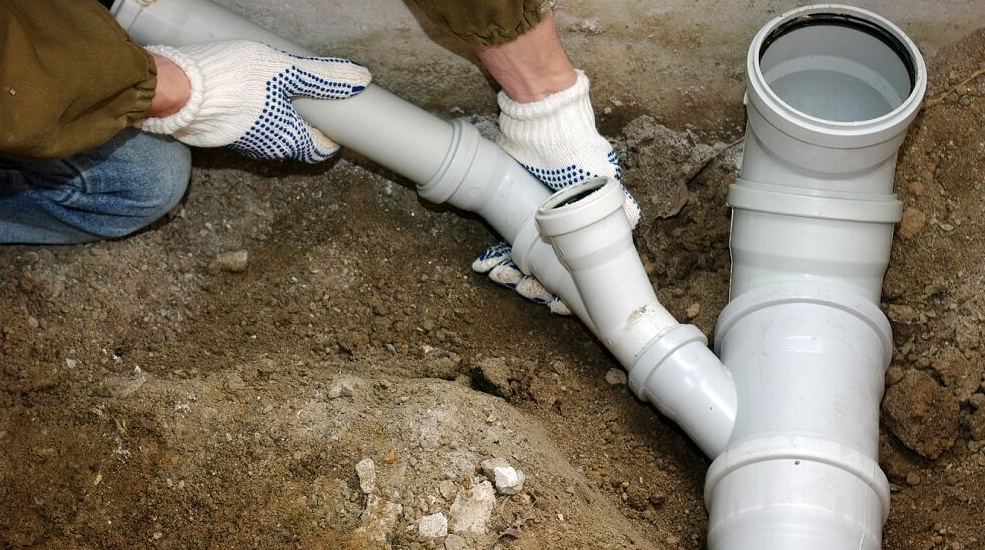
Drainage Pipe Sizes and Their Applications
The size of a drainage pipe is crucial to its effectiveness. Choosing the right size ensures that the pipe can handle the volume of water without clogging or overflowing. Here are some common drainage pipe sizes and their typical uses:
- 4-Inch Pipes
Often used for residential downspouts, small yard drainage systems, and foundation drainage. - 6-Inch Pipes
Commonly used in both residential and commercial properties to handle larger volumes of water, such as in French drains, sewer lines, and stormwater systems. - 8 to 12-Inch Pipes
Used for larger drainage projects, such as roadway drainage or agricultural fields. - 15-Inch and Larger Pipes
Utilized in major infrastructure projects like highways, airports, and large commercial developments.
Selecting the correct drainage pipe sizes is essential to ensure proper water flow and to prevent blockages or backups in the system.
How to Install Drainage Pipe: A Step-by-Step Guide
Proper installation of drainage pipes is crucial for the effectiveness and longevity of the system. Here is a step-by-step guide on how to install drainage pipe:
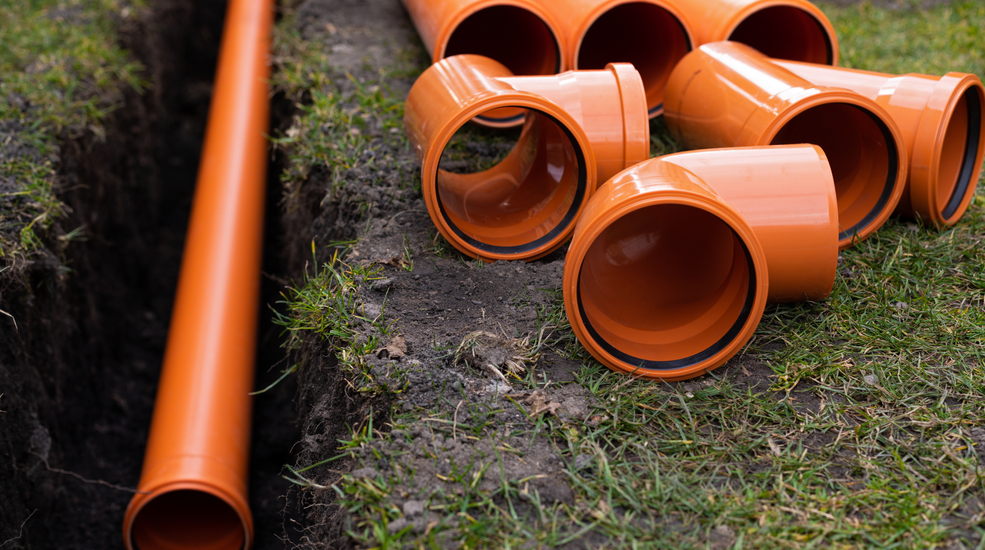
- Plan the Drainage System
Start by identifying areas where water tends to accumulate and determine the best route for the drainage pipes. Consider factors such as slope, water volume, and the location of discharge points. - Choose the Right Pipe
Select the appropriate type of drainage pipe for your project, whether it's flexible drainage pipe for easier installation or a more rigid PVC pipe for durability. - Excavate the Trench
The depth and width of the trench will depend on the size of the pipe and the volume of water it needs to handle. For drainage pipes underground, ensure the trench is sloped to allow water to flow naturally toward the discharge point. - Prepare the Trench Bed
Add a layer of gravel or crushed stone to the bottom of the trench to provide a stable base and aid in drainage. This layer helps prevent the pipe from shifting over time and ensures proper water flow. - Lay the Pipe
Place the drainage pipe in the trench, ensuring it follows the natural slope of the ground. Connect sections of the pipe using appropriate PVC pipe fittings or connectors. For flexible drainage pipes, simply unroll the pipe along the trench. - Cover the Pipe
Once the pipe is laid, cover it with additional gravel or crushed stone. This layer helps filter out debris and prevents clogging. For added protection, a geotextile fabric can be used to wrap the pipe and gravel. - Backfill the Trench
Fill the remaining trench with soil, compacting it as you go to prevent settling. Ensure the ground is level and that there are no low spots where water could pool. - Test the System
After installation, test the drainage system by running water through it.Inspect for any indications of leaks or obstructions and perform any required adjustments.
By following these steps on how to install drainage pipe, you can create an effective drainage system that prevents water accumulation and protects your property.
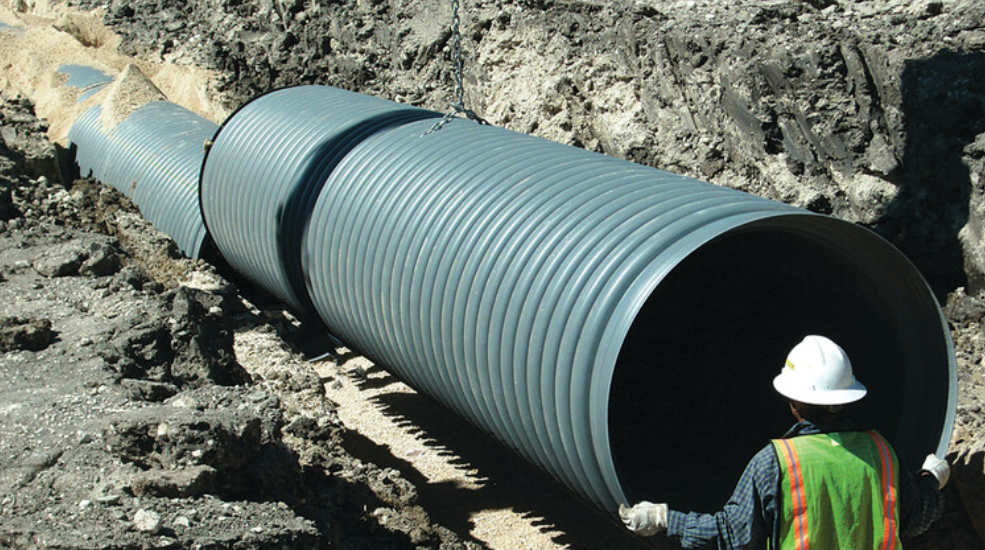
Common Uses for Drainage Pipes
- Yard and Landscape Drainage
Drainage pipes are often used in gardens, lawns, and other landscaped areas to prevent waterlogging and soil erosion. Flexible drainage pipes are particularly suitable for these applications, as they can easily navigate around trees and other obstacles. - Foundation Drainage
Protecting the foundation of a building from water damage is crucial. Plastic drainage pipes are commonly used around the base of structures to divert water away from the foundation, preventing basement flooding and structural damage. - Stormwater Management
In urban areas, stormwater management is critical to prevent flooding. Storm drainage pipes are installed underground to carry rainwater away from streets, parking lots, and other large surfaces, directing it to appropriate discharge points like retention ponds or rivers. - Agricultural Drainage
Farmers use drainage pipes to manage excess water in fields, preventing soil erosion and promoting healthy crop growth. These pipes help maintain the ideal moisture level in the soil, which is essential for farming. - Roadway Drainage
Proper drainage is vital for road safety. Drainage pipes underground help to remove water from the road surface, reducing the risk of hydroplaning and extending the lifespan of the road.
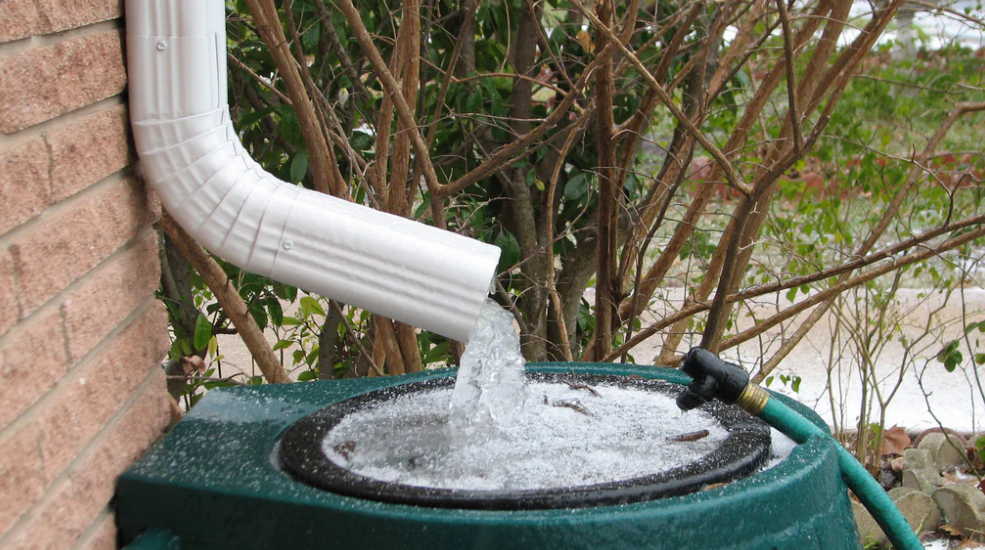
Conclusion
Selecting the right drainage pipe involves considering the specific requirements of your project, including the type of water to be drained, the volume of water, and the terrain. Whether you need a 6-inch drainage pipe for a residential system or a more extensive storm drainage pipe for an industrial application, there are numerous options available to suit your needs.
Understanding the different types of drainage pipes, their sizes, and installation methods will help you make an informed decision and ensure the success of your drainage project. Properly installed and maintained, these pipes will provide efficient water management for years to come, protecting your property from water damage and maintaining a safe, dry environment.
You are welcome to : phone call, Message, Wechat, Email& Seaching us, etc.








